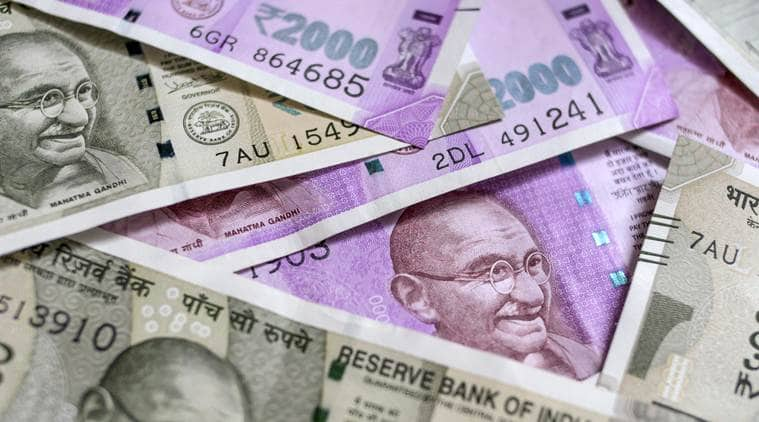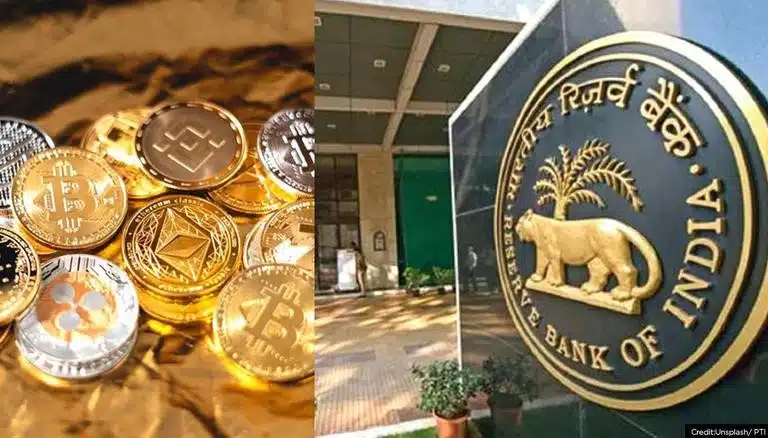The Reserve Bank of India (RBI) has taken a series of measures to combat rising inflation in the Indian economy. One of the most significant actions it has taken is to raise interest rates by a cumulative 250 basis points since May 2022, and it is likely to do so again in April 2024.

Table of Contents
Inflation in India has been on the rise due to various factors, including supply chain disruptions caused by the COVID-19 pandemic, rising fuel prices, and global commodity prices. Inflation is a significant concern for the RBI, as it can lead to a decrease in purchasing power for consumers and erode the value of savings. To tackle this issue, the RBI has been using various monetary policy tools, including raising interest rates.
The RBI has been gradually increasing interest rates since May 2022 to curb inflation.
Interest rates play a crucial role in controlling inflation by regulating the amount of money in circulation. When interest rates are high, it becomes more expensive for businesses and individuals to borrow money, which reduces spending and curbs inflation. Conversely, when interest rates are low, it becomes easier and cheaper to borrow money, leading to increased spending and inflation.
In May 2022, it raised the repo rate (the rate at which banks borrow money from the RBI) by 25 basis points to 6%. It followed this up with three more rate hikes of 25 basis points each in June, August, and October 2022, bringing the repo rate to 7.25%.

The RBI’s efforts to raise interest rates have not gone unnoticed, as they have had a significant impact on the Indian economy. One of the most significant impacts has been on the Indian stock market, which has seen a significant correction in the wake of the rate hikes. The rising interest rates have made it more expensive for companies to borrow money, leading to lower profits and reduced investor confidence. As a result, the stock market has seen a significant decline in the last few months.
Another impact of the rate hikes has been on the Indian rupee, which has appreciated significantly in the last few months. The higher interest rates have made Indian assets more attractive to foreign investors, leading to increased inflows of foreign currency in the country. This has helped to strengthen the rupee and reduce the country’s current account deficit.
Despite these impacts, the RBI is likely to raise interest rates again in April 2024 to tackle inflation further. There are several reasons for this. Firstly, inflation remains a significant concern for the RBI, and the current rate of inflation is still above the RBI’s target range of 2-6%. Secondly, global commodity prices continue to rise, which is likely to put upward pressure on inflation in India. Thirdly, the RBI may want to maintain its credibility and signal its commitment to fighting inflation by continuing to raise interest rates.













